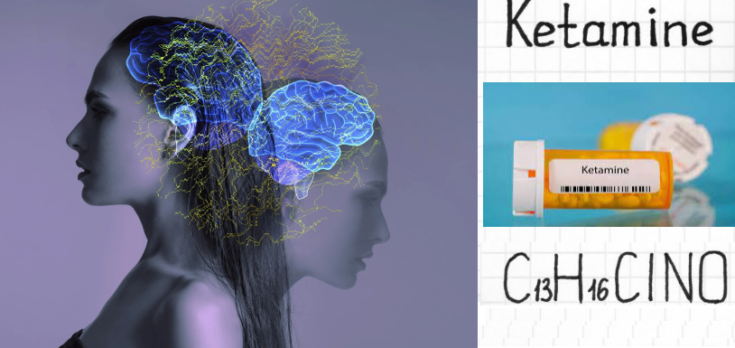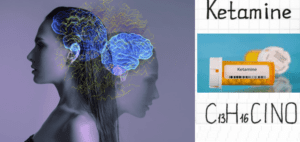Exploring Ketamine: Origins and Medical Use
Ketamine, initially developed as an anesthetic in the 1960s, has gained prominence for its diverse applications, ranging from medical use to its presence in recreational settings. This dissociative anesthetic, also known as a party drug or psychedelic, has a complex history and a multifaceted profile. This article delves into the origins, medical uses, psychological effects, and the ongoing debate surrounding ketamine.
Origins and Medical Use:
Ketamine was first synthesized by Dr. Calvin Stevens in 1962, and it quickly found its place in the medical field as an anesthetic. Due to its ability to induce a trance-like state while providing pain relief, it became a valuable tool in surgeries and medical procedures. Ketamine’s unique properties stem from its impact on the N-methyl-D-aspartate (NMDA) receptor, differentiating it from other anesthetics.
Medical professionals appreciate ketamine for its rapid onset of action and minimal effect on respiratory and cardiovascular functions. It has been particularly useful in emergency situations, such as trauma cases, where speed and stability are crucial. Additionally, ketamine’s neuroprotective qualities have garnered attention, leading to ongoing research into its potential applications for conditions like depression and chronic pain.
Psychological Effects and Recreational Use:
Beyond its medical applications, ketamine has gained popularity in recreational settings, earning it the moniker “Special K” on the streets. When used recreationally, ketamine induces a dissociative state, separating the mind from the body. Users may experience hallucinations, altered perceptions of time and space, and a sense of detachment from reality.
The recreational use of ketamine is often associated with the club and party scene, where individuals seek its euphoric effects. However, this comes with risks, as excessive use can lead to what is colloquially known as the “K-hole,” an intense and potentially overwhelming dissociative experience. Long-term misuse of ketamine can result in physical and psychological dependence, underscoring the importance of understanding its effects and potential consequences.
Therapeutic Potential:
In recent years, researchers have been exploring ketamine’s therapeutic potential beyond its traditional anesthetic applications. Studies have shown promising results in using ketamine to treat mood disorders, such as major depressive disorder (MDD) and treatment-resistant depression. Ketamine’s rapid antidepressant effects have led to its approval by the U.S. Food and Drug Administration (FDA) for use in certain psychiatric conditions.
Ketamine works differently from conventional antidepressants by modulating glutamate, a neurotransmitter associated with learning and memory. The treatment involves low doses administered under medical supervision, and its effects can be transformative for individuals who have not responded to other forms of treatment. However, the long-term safety and efficacy of ketamine therapy for mood disorders are still subjects of ongoing research.
Controversies and Concerns:
While ketamine shows promise in various therapeutic contexts, its recreational use has raised concerns, particularly regarding addiction and potential health risks. Chronic use may lead to cognitive impairments, bladder and kidney problems, and psychological dependence. Additionally, the unregulated use of ketamine in non-clinical settings poses challenges for law enforcement and public health.
The accessibility of ketamine in illicit markets has prompted regulatory measures in many countries to control its distribution. Striking a balance between harnessing its therapeutic potential and preventing misuse remains a complex challenge for policymakers and healthcare professionals.
Ketamine’s journey from an anesthetic to a versatile substance with potential applications in mental health reflects the ongoing evolution of our understanding of psychoactive substances. While its recreational use comes with risks, the therapeutic promise of ketamine in treating mood disorders offers a glimmer of hope for those who have exhausted conventional treatment options. As research continues, a nuanced approach is necessary to navigate the delicate balance between harnessing its benefits and mitigating potential harms associated with misuse.
Read More :Matthew Perry’s Cause of Death Unveiled: Acute Effects of Ketamine’

 Exploring Ketamine: Origins and Medical Use
Exploring Ketamine: Origins and Medical Use


